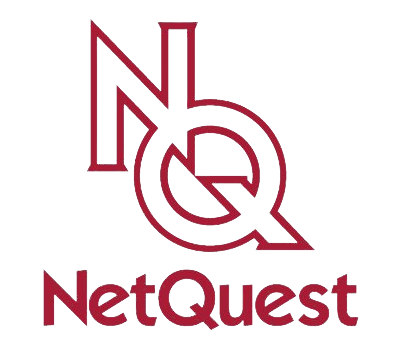The 400G rollout of high-speed ethernet backbones that support cloud-driven software, data centers, and 5G telecommunications will require updated cybersecurity measures to prevent serious issues. A worst-case scenario can seem like something out of a movie: cyber terrorists seize control of a vital piece of infrastructure and then hold it ransom (i.e. the Colonial Pipeline cyberattack). The focus on improving cybersecurity in critical infrastructure, including ethernet telecommunications, is more critical than ever with the introduction of 400G. Why? The answer is simple: there is a correlation between essential threats to infrastructure, SaaS, data centers, and attacks on the asset itself, and it is up to organizations to anticipate these risks and have a plan to address them.
High-Speed Ethernet Cybersecurity
Ethernet service providers have seen increased needs for cybersecurity due to the surge in remote work and virtual education due to the COVID-19 pandemic. More schools, workplaces, and volunteer organizations have switched to cloud-driven software, video conferencing, and a range of network-based solutions to maintain workflows. Keeping network infrastructure assets secure has become more critical than ever. High-bandwidth applications require that related services such as network servers and cloud-based software are upgraded to keep up with processing demands. 400GbE is enabling these applications.
400G Migration and Cybersecurity Risks
With the migration to 400G within data centers and cloud-based networks, it’s almost assured that there integration challenges. This can include hardware and software compliance issues with the new systems. New chipsets in upgraded routers and network interface points, new drivers, and similar upgrades would need to happen alongside the 400GbE upgrades. As a result, these updates can create potential new vulnerabilities. This is part of the reason why hardware and software compliance must be at the forefront of planning a successful 400G migration.
That being said, as with any new technology, the risk is highest during initial integration. Other especially vulnerable times include when the software or hardware is outdated and may no longer be supported by the manufacturer and software companies—being prepared for these eventualities is highly suggested. Companies that are reasonably careful and watch out for vulnerabilities can protect their clients from possible cyberattacks and similar situations. By keeping critical infrastructure protected from cyberattacks, both in terms of the actual digital infrastructure as well as the related assets in power production and associated sectors, enterprises can safely keep our world connected at the speeds that today’s technology demands. With 16 critical infrastructure sectors tied into a range of internet-based controllers, services, and monitoring solutions, users need to stay on top of cybersecurity at the source.
Issues Within the (Existing) System
One area to keep in mind is the potential for denial-of-service attacks. If a hacker can control sufficient numbers of systems, they can find vulnerabilities within your connected systems to bog down your network as a whole. At 400G, it would take a much higher number of systems to pull this off, but not all of your assets may be rated to that level. As the rollout moves forward, you may discover aspects of your system that cannot keep up with the demand, such as a router that can only move 100G but may be forced over its capability due to input bandwidth from upstream. This can cause a system failure at that point, essentially a traffic jam of data, keeping people from accessing the assets they need on your servers to continue working, shopping, or looking up information. Need help planning your 400G upgrades so that you don’t run into these issues? The experienced professionals at NetQuest are ready to help. Please feel free to reach out if you need help to make your 400G transition as safe as possible.
